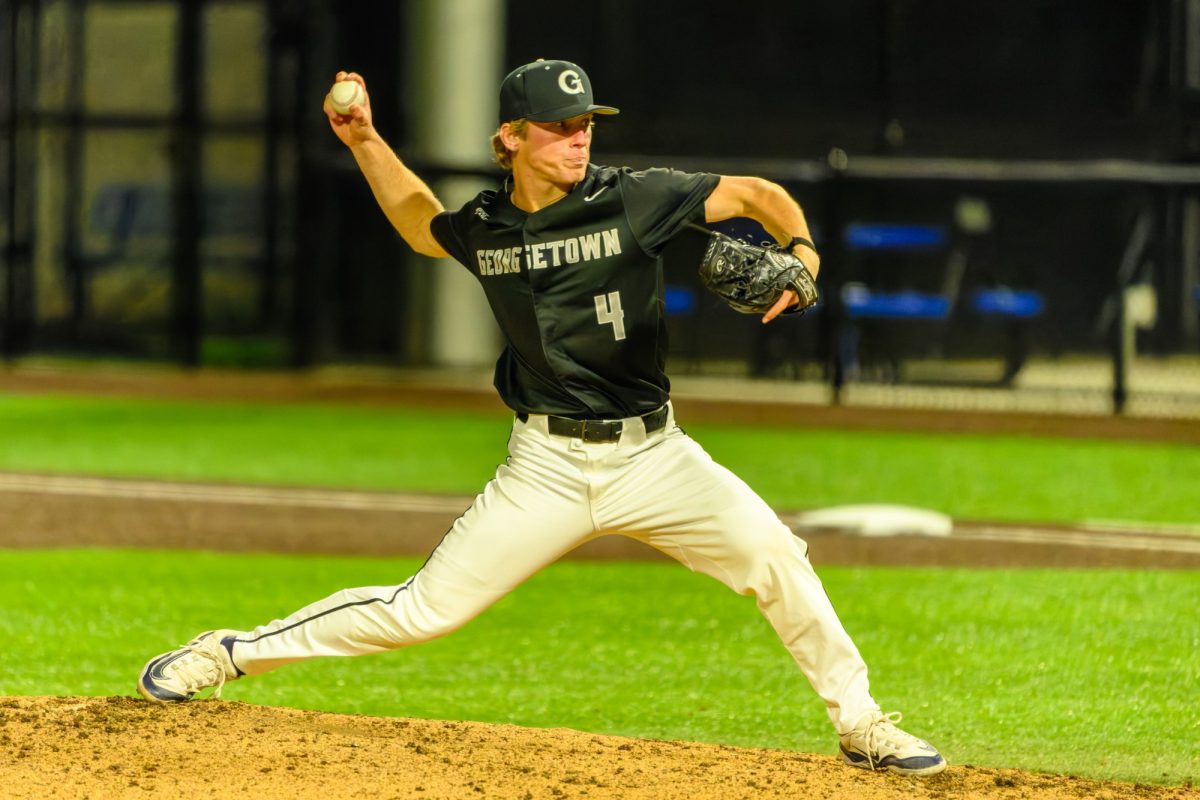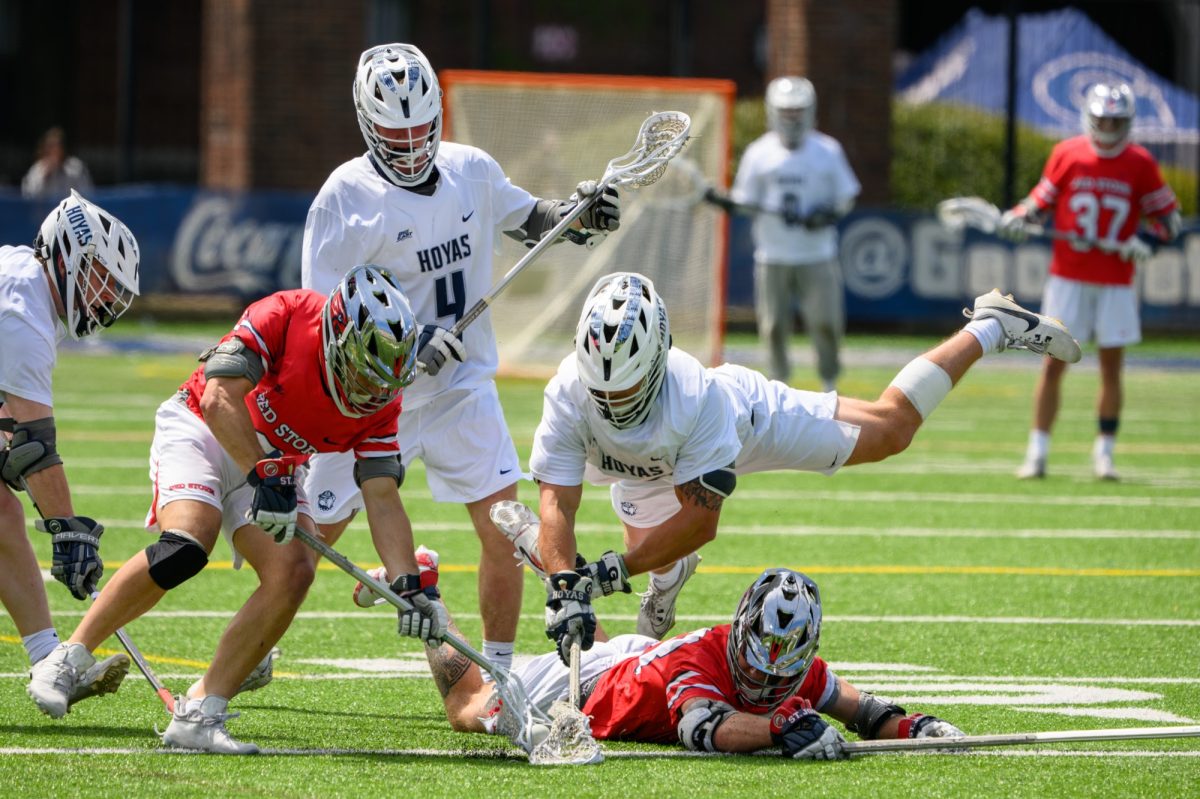Back in March, the Ivy League made headlines as the first Division I conference to cancel its men’s and women’s basketball tournaments. While many were quick to criticize this move, all major conferences and the NCAA as a whole soon followed suit, canceling their respective tournaments just two days later.
Fast forward to this week, and the Ivy League is back in the news, this time announcing the cancellation of all sports for the fall semester. Once again, the Ivy League has made the correct decision, and other major conferences would be wise to follow suit.
Earlier this month, several prominent universities, including Georgetown University, announced plans to limit the number of students residing on campus and attending in-person classes. As part of Georgetown’s plan, only 2,000 students will be permitted to reside on campus, every student will have their own dorm room and classrooms will be set up with six feet of space between desks. Almost a week has passed since the announcement, and the university has yet to release a decision regarding fall sports. As of July 13, the Patriot League announced it would not be holding fall competitions, which means Georgetown football and women’s rowing will not be permitted to compete.
The University of Southern California announced a similar plan to limit student density on campus for the fall semester. At the same time as the announcement, USC was beginning to allow fall athletes back to campus for voluntary workouts. Call me crazy, but it seems unfair and irrational for schools to allow fall sports to continue while all other aspects of campus life are under scrutiny.
In my last column, I discussed the reality of returning to play in the age of COVID-19. I stand by my claim that a handful of cases will be inevitable and should not be cause to cancel all professional sports. However, extrapolating this claim to collegiate athletics is a blatant oversimplification of the situation. Even on the surface level, there are multiple factors that make a return to play far more challenging for college sports than for their professional counterparts.
Most glaringly, professional athletes are paid for their work. In a sense, one could argue these players are being compensated for the risk that comes with taking the field. Most professional sports leagues have some form of a players association that negotiates with league executives on behalf of the players. In leagues planning their return to play, players associations played a key role in negotiating terms athletes could agree to. As I mentioned in my previous column, athletes who do not feel comfortable returning to play have the option of opting out.
College athletes, on the other hand, have no such leverage. In addition to not being paid — a debate for another day — college athletes are not allowed to unionize. As a result, returning to play in the fall would essentially be a unilateral decision on behalf of NCAA and university executives without input from the athletes themselves.
The NCAA justifies not allowing unionization by reiterating that “student athletes are not employees, and their participation in college sports is voluntary.” But is it really voluntary? At the Division I level, athletes are supposedly compensated for their talents in the form of scholarships. If an athlete decides to sit out because of the health risks posed by COVID-19, they run the risk of losing their scholarship, not just for this year, but potentially in the future as well. Continuing with the fall season as usual would force college athletes to choose between risking their health, risking their athletic careers and risking their education.
Let’s be clear: Big-time college athletics have never been about the student-athletes. College football alone is a multibillion-dollar industry. But chasing profits at the expense of athletes’ health would call the NCAA’s bluff and force the organization to finally admit it truly is all about the money. If collegiate athletic programs want to continue their charade of referring to players as student-athletes, they have no choice but to follow the Ivy League’s lead and cancel fall sports.
Jacob Vanderzwaag is a rising junior in the School of Foreign Service. The Audible appears online every other week.















